Description
WHB&R BIPV sunlight room is a combination of lighting, insulation, sound insulation, beauty, environmental protection, power generation and other functions in one of the building form.
The advantages of WHB&R BIPV sunlight room:
- BIPV sunlight room has Good lighting effect: photovoltaic sunroom using transparent glass or polycarbonate material, lighting effect is good, can make the room full of natural sunlight, and improve the indoor environmental quality.
- BIPV sunlight room has Thermal insulation: photovoltaic sunroom with high-performance thermal insulation materials, with excellent thermal insulation effect, can be insulated in winter, summer insulation, improve indoor comfort.
- BIPV sunlight room has Beautiful and generous: photovoltaic sunroom appearance is beautiful and generous, can be coordinated with the overall style of the building, and improve the beauty of the building.
- BIPV sunlight room is Environmental protection and energy saving: photovoltaic sunroom can use solar power generation, achieve self-sufficiency in energy supply, reduce dependence on traditional energy, but also reduce energy consumption, to achieve the purpose of environmental protection and energy saving.
- BIPV sunlight room is Wide applicability: photovoltaic sunroom in various forms, suitable for a variety of different building types, such as residential, commercial buildings, public buildings and so on.
- BIPV sunlight room Good economic benefits: for example, a set of 200 square meter photovoltaic BIPV Sunroom, photovoltaic installed capacity of 25 kilowatts, power generation quantity is about 27500 degrees per year, whether it is for personal use or sale, is a good economic income.
WHB&R BIPV sunlight room system includes:
1. PV modules (which might be thin-film or crystalline, transparent, semi-transparent, or opaque);
2. Charge controller, to regulate the power into and out of the battery storage bank (in stand-alone systems);
3. Power storage system, generally comprised of the utility grid in utility-interactive systems or, a number of batteries in stand-alone systems;
4. Power conversion equipment including an inverter to convert the PV modules’ DC output to AC compatible with the utility grid;
5. Backup power supplies such as diesel generators (optional-typically employed in stand-alone systems);
6. Support and mounting Bracket and hardware, wiring, and safety disconnects.
Building Integrated Photovoltaic (BIPV) System
Building Integrated Photovoltaic (BIPV) is the integration of photovoltaic (PV) into the building envelope. The PV modules serve the dual function of building skin—replacing conventional building envelope materials—and power generator.
By avoiding the cost of conventional materials, the incremental cost of photovoltaic is reduced and its life-cycle cost is improved. That is, BIPV systems often have lower overall costs than PV systems requiring separate, dedicated, mounting systems.
BIPV systems can either be interfaced with the available utility grid or they may be designed as stand-alone, off-grid systems. The benefits of power production at the point of use include savings to the utility in the losses associated with transmission and distribution (known as ‘grid support’), and savings to the consumer through lower electric bills because of peak shaving (matching peak production with periods of peak demand). Moreover, buildings that produce power using renewable energy sources reduce the demands on traditional utility generators, often reducing the overall emissions of climate-change gasses.
Steps in designing a BIPV system include:
- Carefully consider the application of energy-conscious design practices and/or energy-efficiency measures to reduce the energy requirements of the building. This will enhance comfort and save money while also enabling a given BIPV system to provide a greater percentage contribution to the load.
- Consider Integrating Daylighting and Photovoltaic Collection: Using semi-transparent thin-film modules, or crystalline modules with custom-spaced cells between two layers of glass, designers may use PV to create unique daylighting features in facade, roofing, or skylight PV systems. The BIPV elements can also help to reduce unwanted cooling load and glare associated with large expanses of architectural glazing.
- Incorporate PV Modules into Shading Devices: PV arrays conceived as “eyebrows” or awnings over view glass areas of a building can provide appropriate passive solar shading. When sunshades are considered as part of an integrated design approach, chiller capacity can often be smaller and perimeter cooling distribution reduced or even eliminated.
- Design for the Local Climate and Environment: Designers should understand the impacts of the climate and environment on the array output. A. Cold, clear days will increase power production, while hot, overcast days will reduce array output; B. Surfaces reflecting light onto the array (e.g., snow) will increase the array output; C. Arrays must be designed for potential snow- and wind-loading conditions; D. Properly angled arrays will shed snow loads relatively quickly; E. Arrays in dry, dusty environments or environments with heavy industrial or traffic (auto, airline) pollution will require washing to limit efficiency losses.
- Address Site Planning and Orientation Issues: Early in the design phase, ensure that your solar array will receive maximum exposure to the sun and will not be shaded by site obstructions such as nearby buildings or trees. It is particularly important that the system be completely unshaded during the peak solar collection period consisting of three hours on either side of solar noon. The impact of shading on a PV array has a much greater influence on the electrical harvest than the footprint of the shadow.
- Reduce Building Envelope and Other On-site Loads: Minimize the loads experienced by the BIPV system. Employ day lighting, energy-efficient motors, and other peak reduction strategies whenever possible.
- In addition, BIPV systems can be designed to blend with traditional building materials and designs, or they may be used to create a high-technology, future-oriented appearance. Semi-transparent arrays of spaced crystalline cells can provide diffuse, interior natural lighting. High profile systems can also signal a desire on the part of the owner to provide an environmentally conscious work environment.
Design BIPV sunlight room As Your Requirement
1. Design the best solution according to the customer’s requirements, description, parameters, drawings.
2. Provide the most cost-effective price to the customer based on the design or production drawings.
3. Produce with guaranteed quality and quantity and timely delivery to the port or door.
4. Provide patient and meticulous remote and on-site construction assistance and after-sales service.
We have always attached great importance to respecting customers’ needs and opinions, and we will listen carefully and make improvements. Every customer is our company’s most important asset, and we will do our best to provide them with the best service.

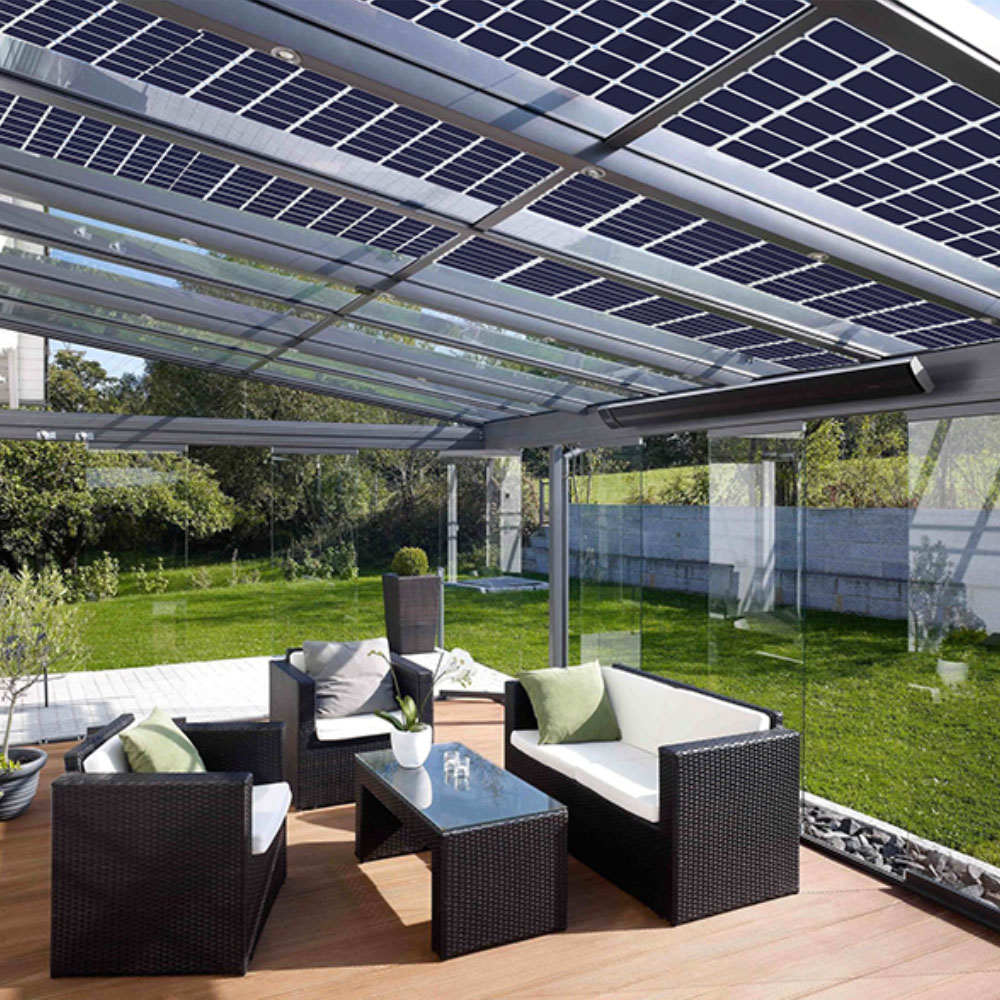
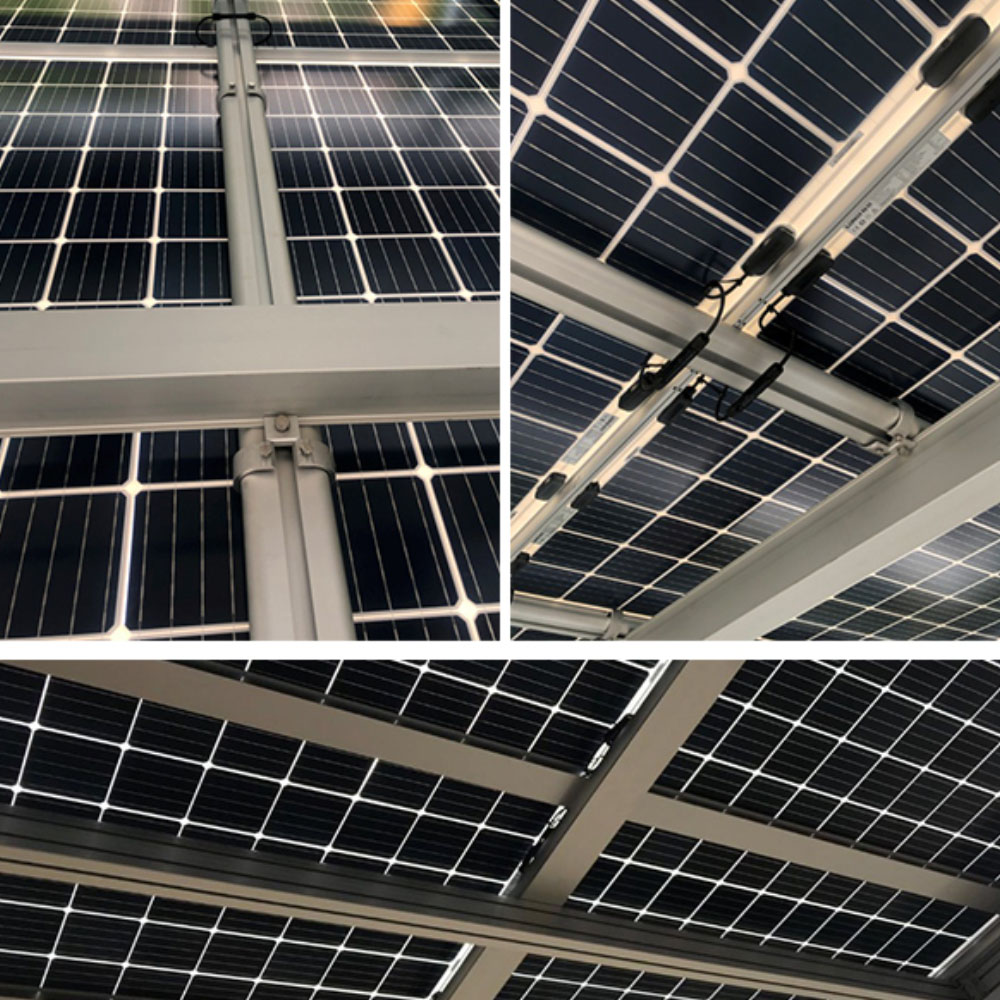
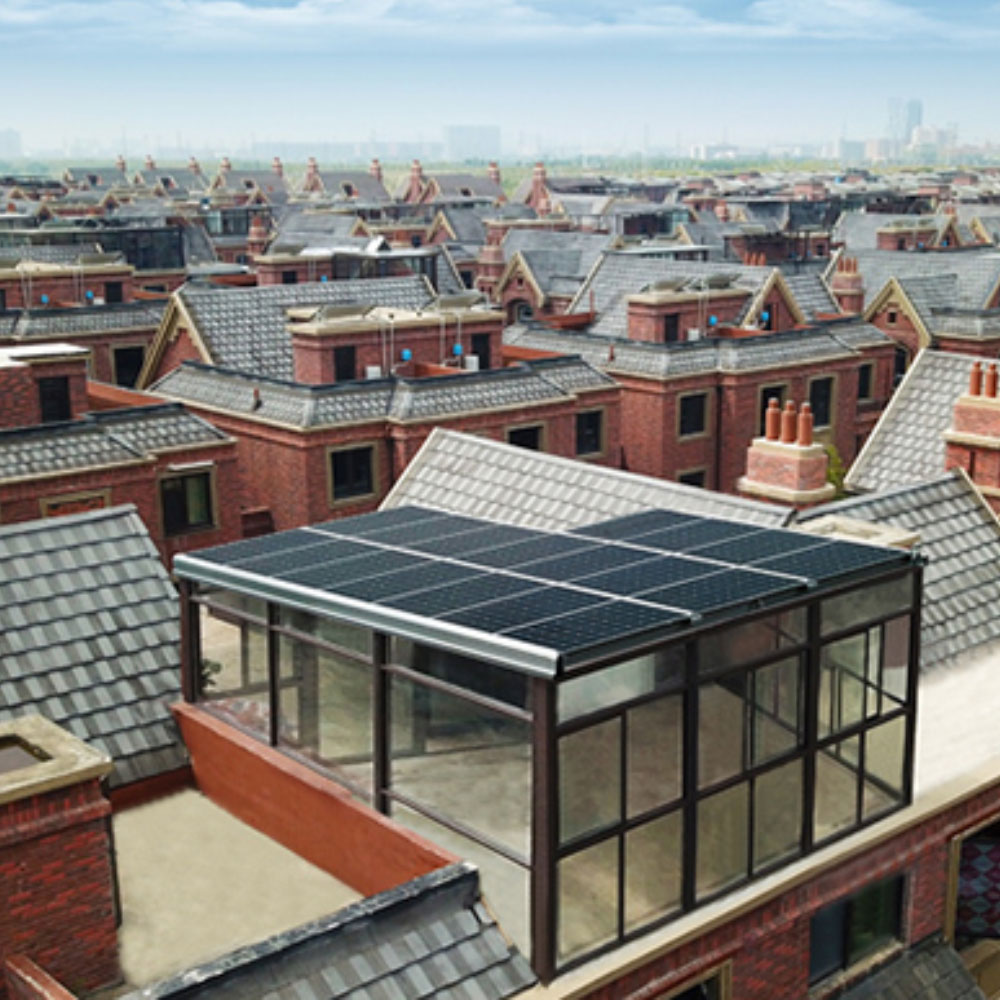
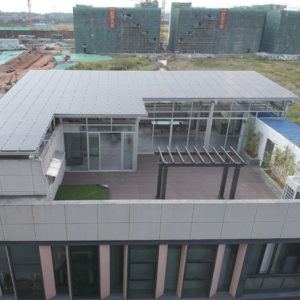
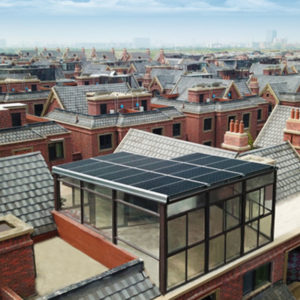
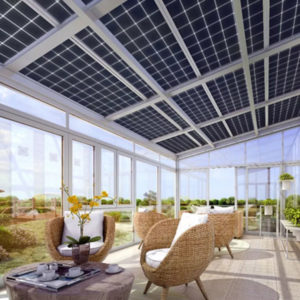
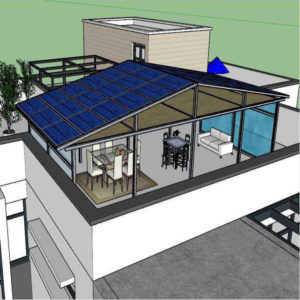
Reviews
There are no reviews yet.